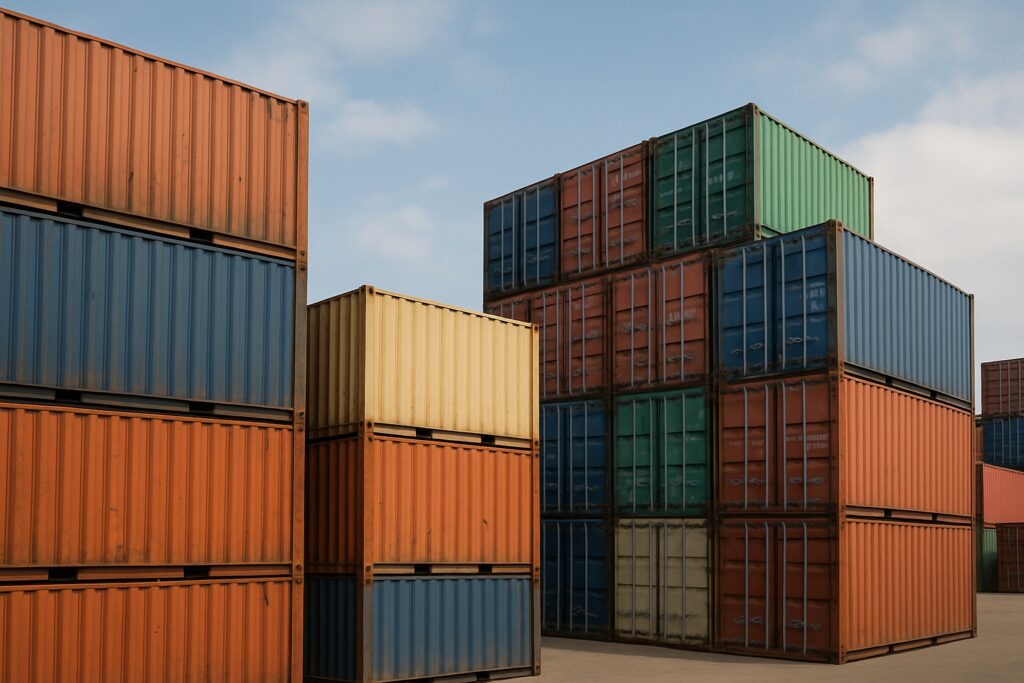Digitalization as a new standard in imports
Supply chain digitalization has become a strategic imperative for global imports in 2025. Companies increasingly adopt digital-first platforms that integrate logistics, customs, and financial operations. These solutions enable real-time tracking, better compliance, and fewer manual errors. Importers using these technologies anticipate delays sooner and respond with more agility. Digital adoption has moved beyond experimentation to become an essential strategy in competitive markets.
Paperless trade and faster clearance
One of the most important transformations is the rise of paperless trade. Electronic invoices, certificates, and customs documents are replacing traditional paperwork. This shift accelerates clearance processes and reduces inefficiencies. Digital interoperability between authorities and private actors enables smoother communication and pre-arrival processing. For importers, this means shorter lead times, fewer disruptions, and greater predictability in inventory planning.
Transparency and data quality
Digitalization provides greater transparency across the entire import chain. Standardized formats and secure exchanges reduce errors in documentation, helping stakeholders align more effectively. Traceability is also strengthened, allowing importers to confirm product origins, certifications, and regulatory compliance with accuracy. Improved data quality supports not only compliance but also the growing demand for sustainability reporting in global trade.
Efficiency and cost reduction
Supply chain digitalization improves efficiency and lowers operational costs. Automated workflows eliminate repetitive tasks like document validation and status reporting. Centralized systems reduce the need for multiple portals and manual reconciliations. Importers gain the ability to analyze shipping routes, optimize carriers, and minimize dwell times. These changes translate into reduced expenses, faster turnaround, and stronger cash flow management.
Resilience in a volatile environment
Global trade in 2025 continues to face volatility from regulatory changes, logistics disruptions, and shifting demand patterns. Digital supply chains allow importers to adapt with greater agility. Predictive analytics and real-time data make rerouting and contingency planning more effective. The OECD highlights that resilient supply chains are those that are agile, adaptable, and aligned—qualities directly enabled by digitalization. This capacity ensures importers can maintain service levels even in uncertain conditions.
Source: OECD

